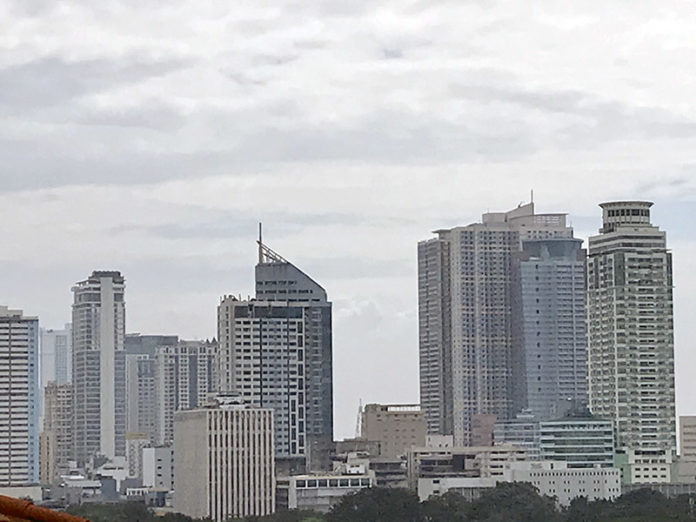
-
Philippine GDP growth slowed to 7.4% in the second quarter of 2022, missing forecasts
-
The growth lagged the revised 8.2% expansion in the first quarter and almost 5 percentage points down from the 12.1% growth in the same period last year
-
Transport, accommodation, food service and other services showed continued yet slow recovery while agriculture remained weak
Philippine GDP grew 7.4% in the second quarter of 2022, but slower than the revised 8.2% first-quarter expansion, according to the Philippine Statistics Authority.
Second-quarter GDP growth also decelerated 4.7 percentage points from the 12.1% expansion in the same quarter last year and missed the median forecast of 7.5% expansion.
The latest growth figure reflected a slowdown in manufacturing amid weakening global demand due to inflationary pressures triggered by the Ukraine war and supply chain disruptions caused by the COVID-related lockdowns in China.
Still, the result was in line with government’s growth target of 6.5% to 7.5% this year and the second-fastest so far in Asia after Vietnam’s 7.7%, National Economic and Development Authority Secretary Arsenio Balisacan said in a statement.
All sectors on the production side expanded in the second quarter, driven by 9.1% growth in the services sector, and 6.3% expansion in the industry sector.
Transport, accommodation, food service, and other services have shown continued yet slow signs of recovering to pre-pandemic levels.
The agriculture sector, meanwhile, remained weak at 0.2% growth as it was vulnerable to natural calamities and rising input costs.
The manufacturing sector’s growth slowed to 2.1% in the second quarter, down from 22.4% in the same quarter last year.
The deceleration was blamed on weaker growth in computers, electronic and optical products, chemical and chemical products, as well as food products due to inflation that weakened global demand,.
The trade sector grew 9.7% in the second quarter from 5.4% in the same period last year. The increase in foot traffic in retail and recreation centers given improvements in mobility and easing of border restrictions, supported the faster growth in wholesale and retail trade.
The transport sector reported faster growth of 27.1% this year from 24.3% in the same period last year.
Both accommodation and food & beverage service sustained their double-digit year on year expansions during the reference period.
Colliers reported that the average hotel occupancy in the first half of 2022 rose to 47%, which the property management and investment firm attributed to the return of business travellers, easing of travel restrictions for fully vaccinated travellers, and an upbeat staycation market driven by leisure travel by locals.
Other services, meanwhile, grew 39.5% in the second quarter, up from 37.6% last year. Robust output growth was seen in the arts, entertainment, recreation, and other service activities.
“Timely changes in COVID-related policies, such as easing alert levels, removing tourism restrictions, and accelerated vaccine rollout, helped increase economic activities,” Balisacan said.
Moving forward, Balisacan said the government is committed to pursuing the country’s full reopening and is focused on ensuring food security and reducing transport, logistics, and energy costs.
He said the government will also “embark on a mission of transformation that will further strengthen our domestic economy with an overall goal to reinvigorate job creation and reduce poverty.”
These strategies and corresponding targets, he added, will all be elaborated in Philippine Development Plan 2023-2028, which he said President Ferdinand Marcos Jr. has ordered to be completed this year.




